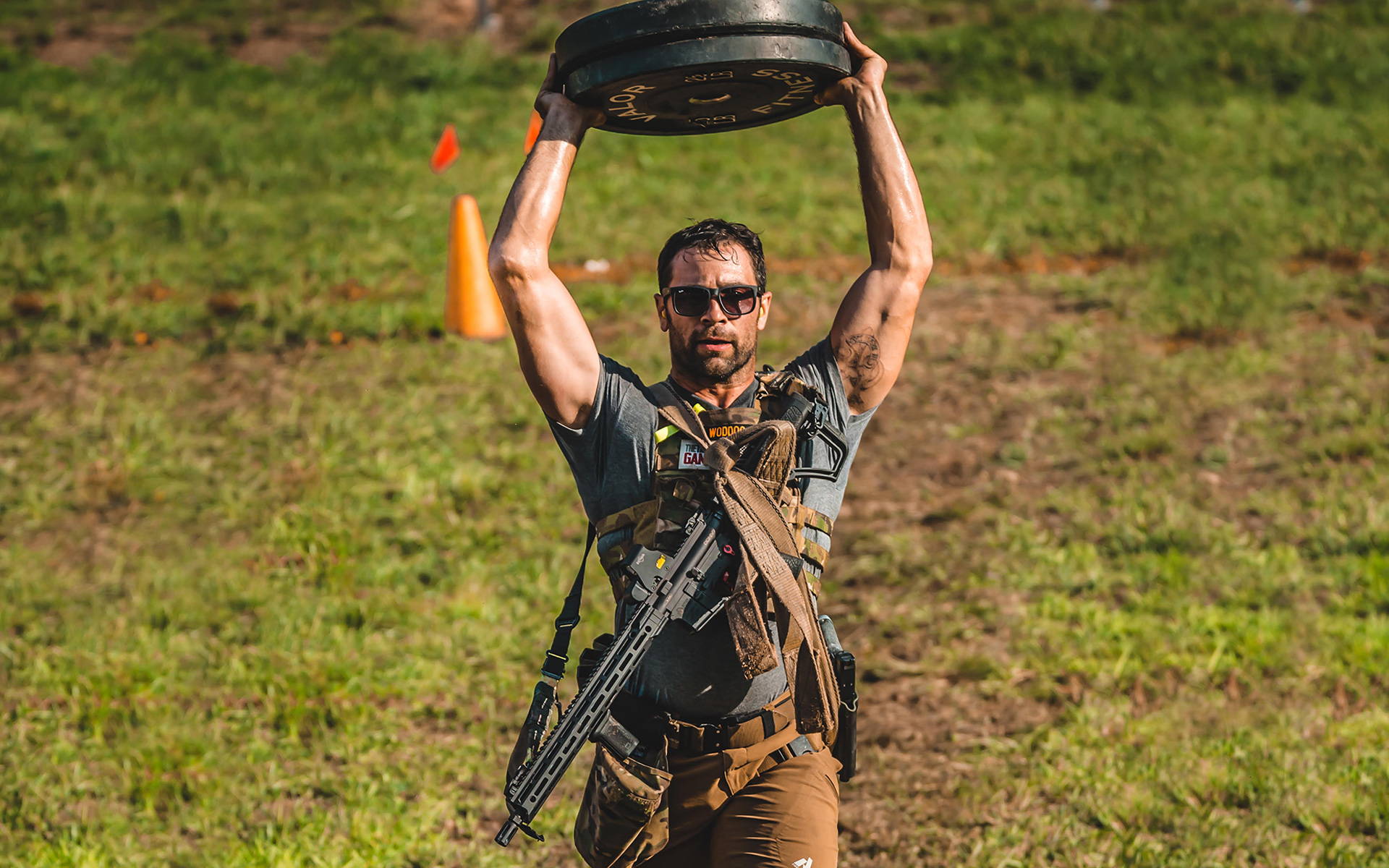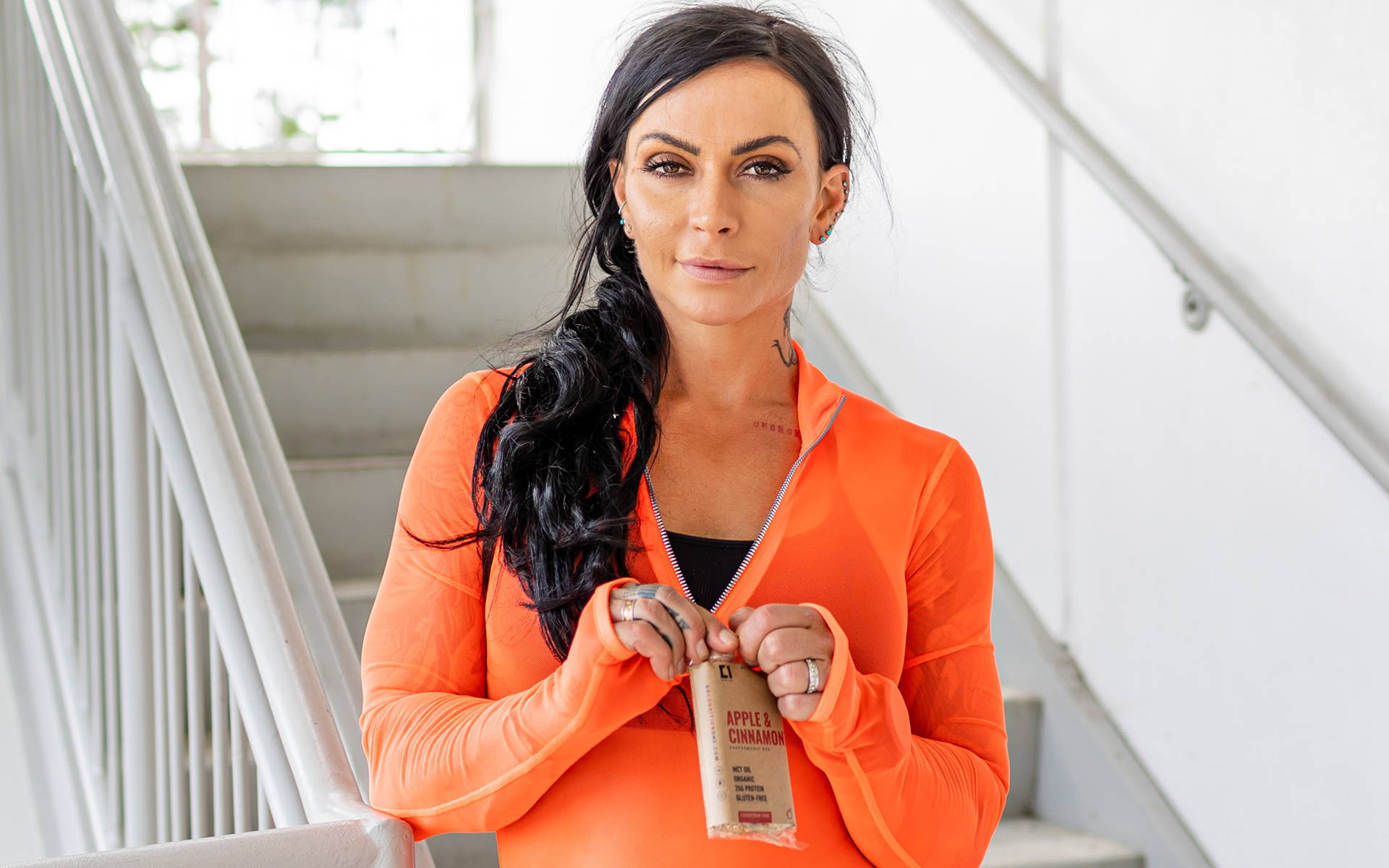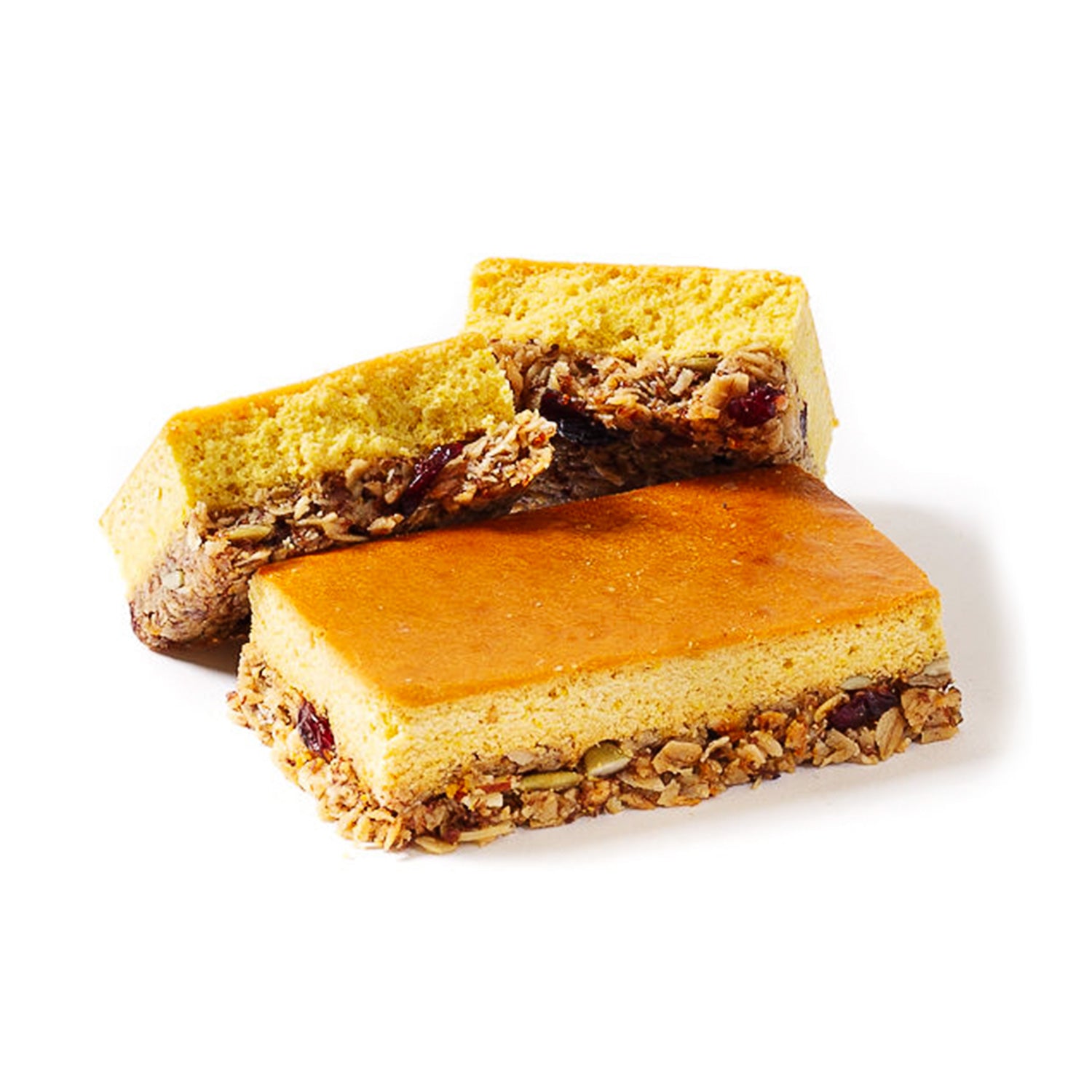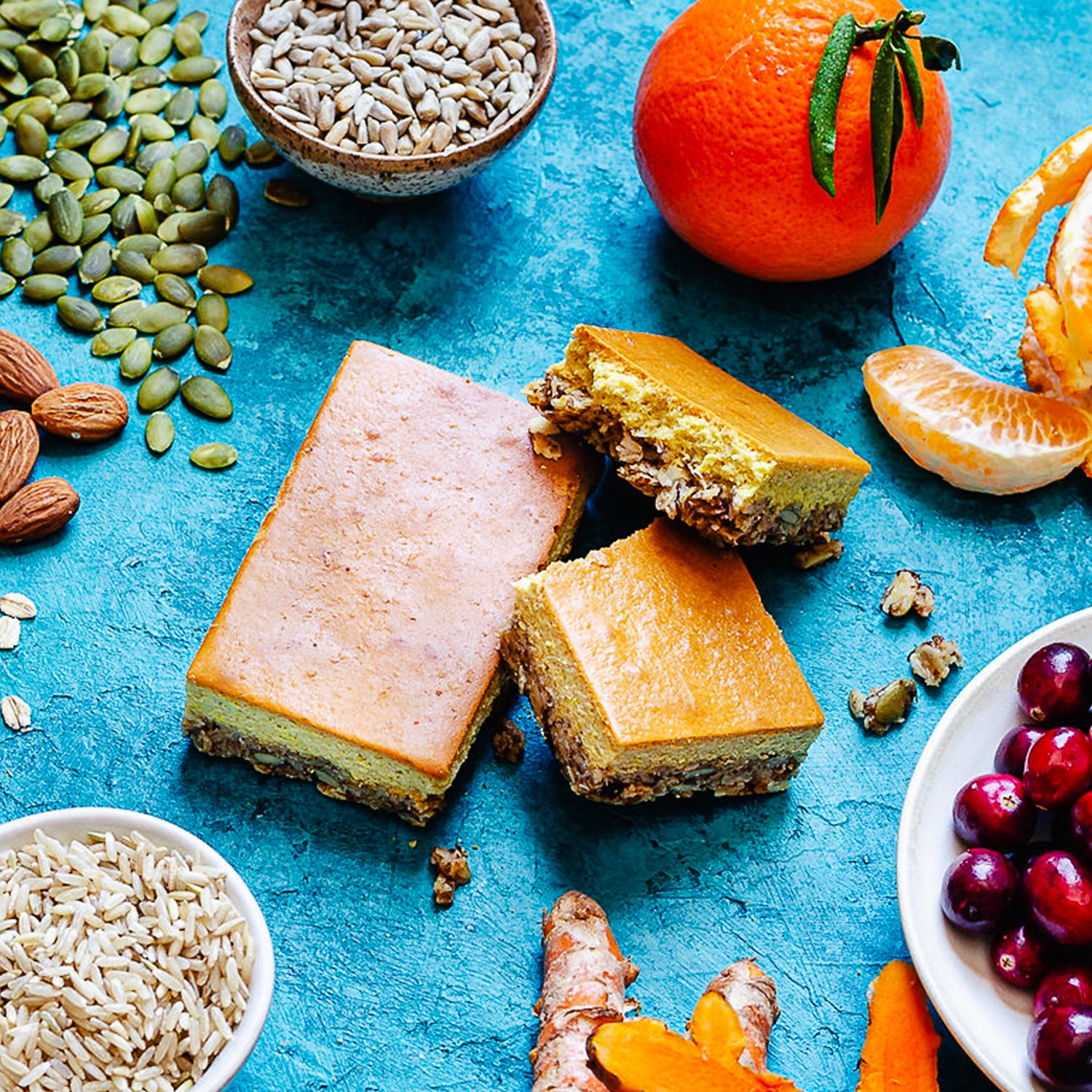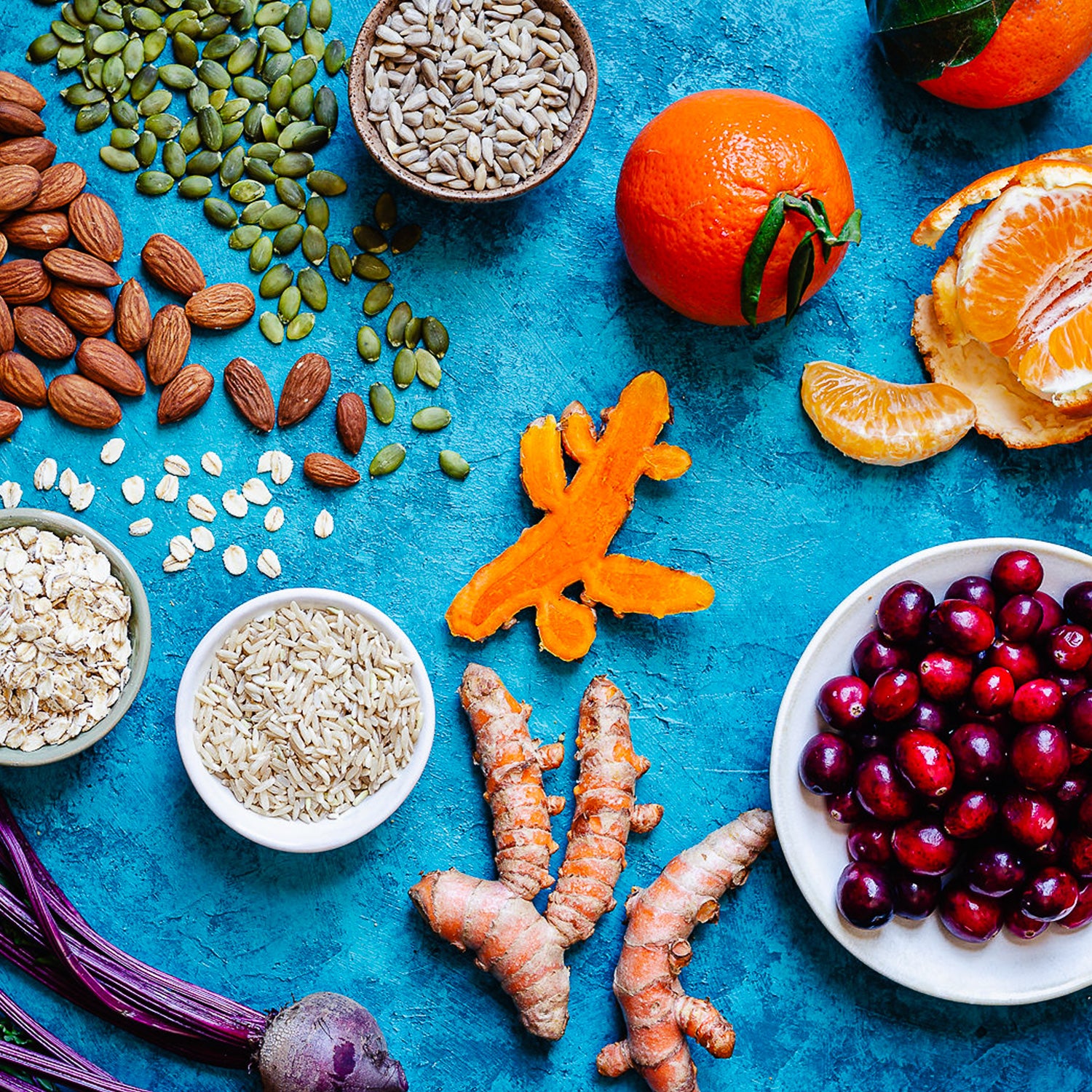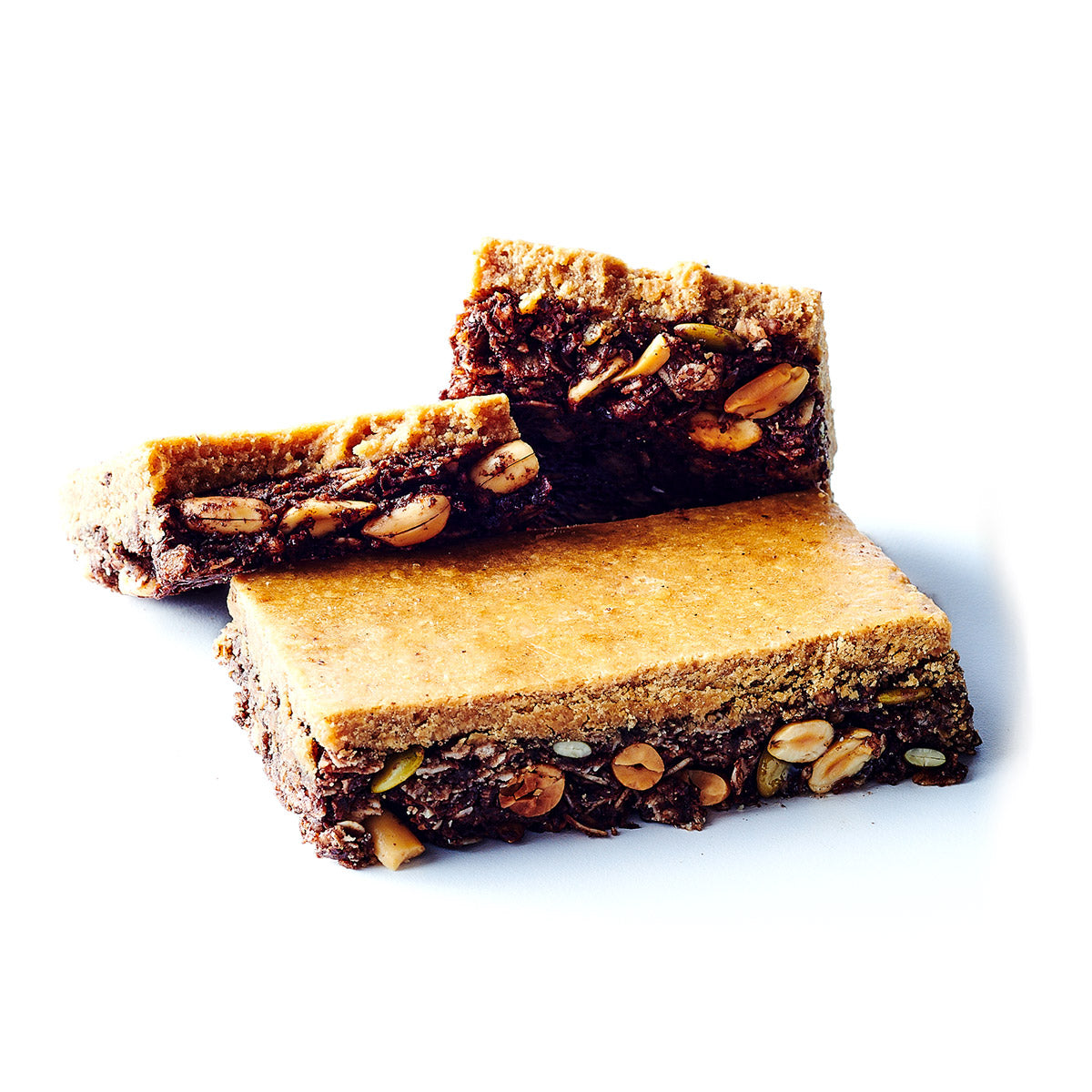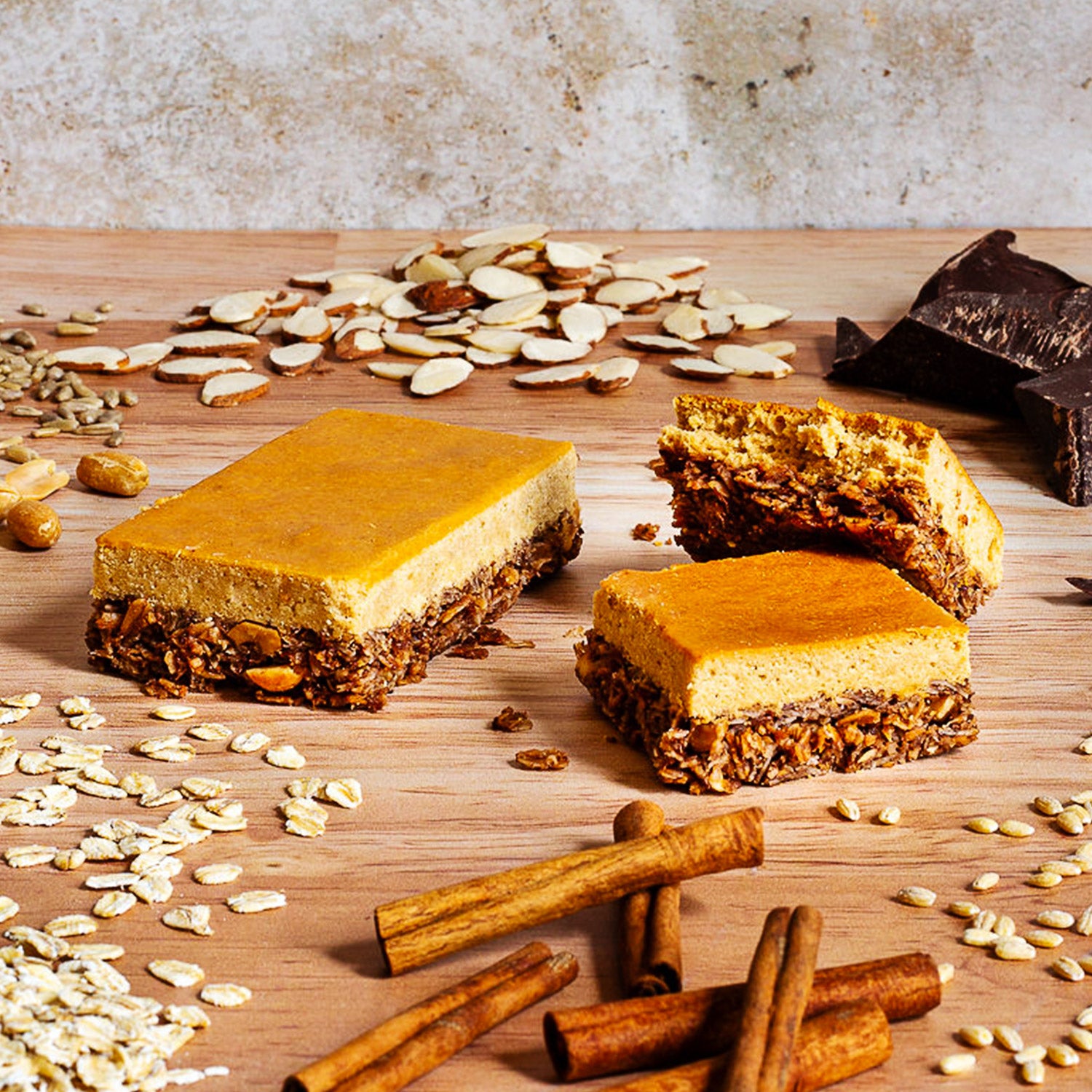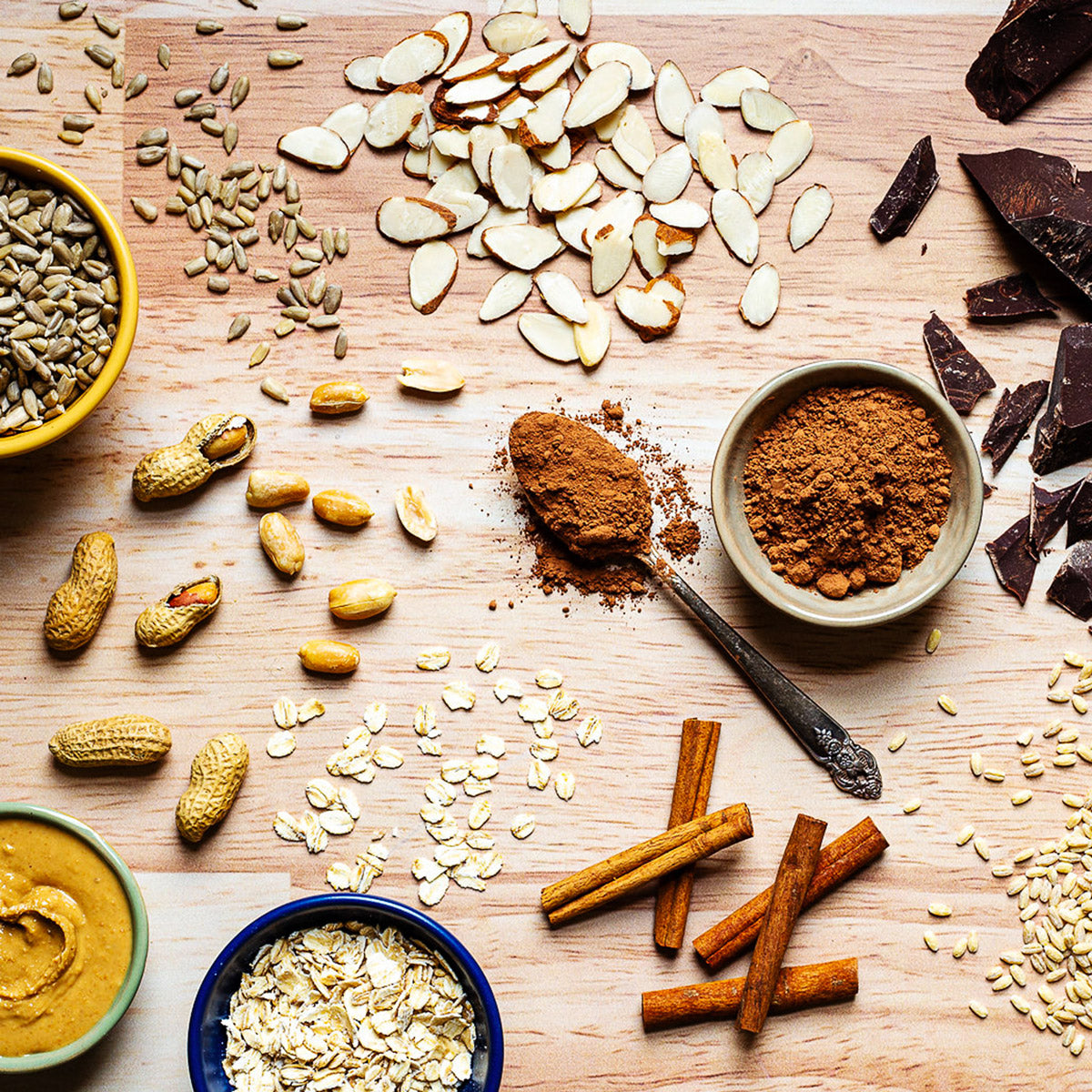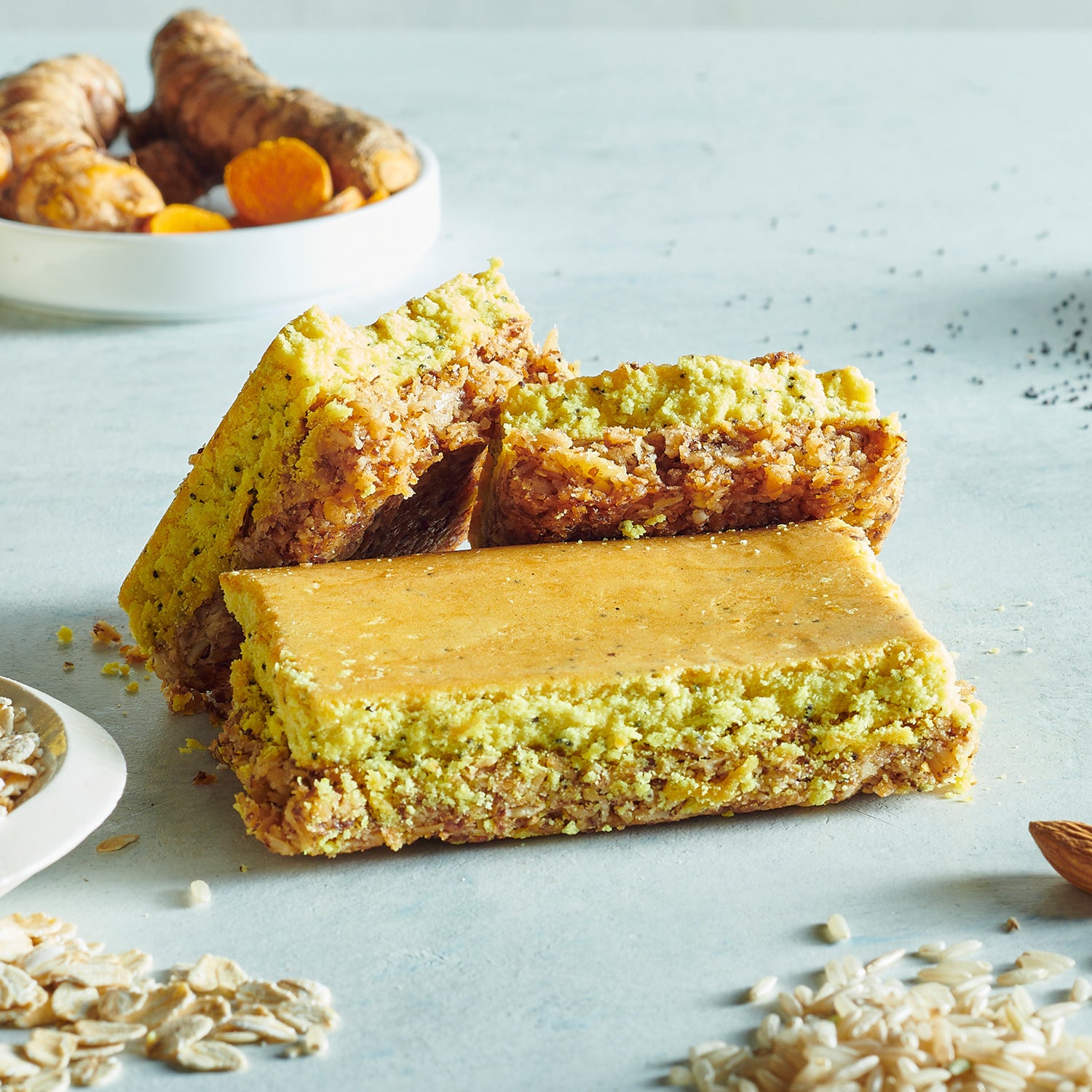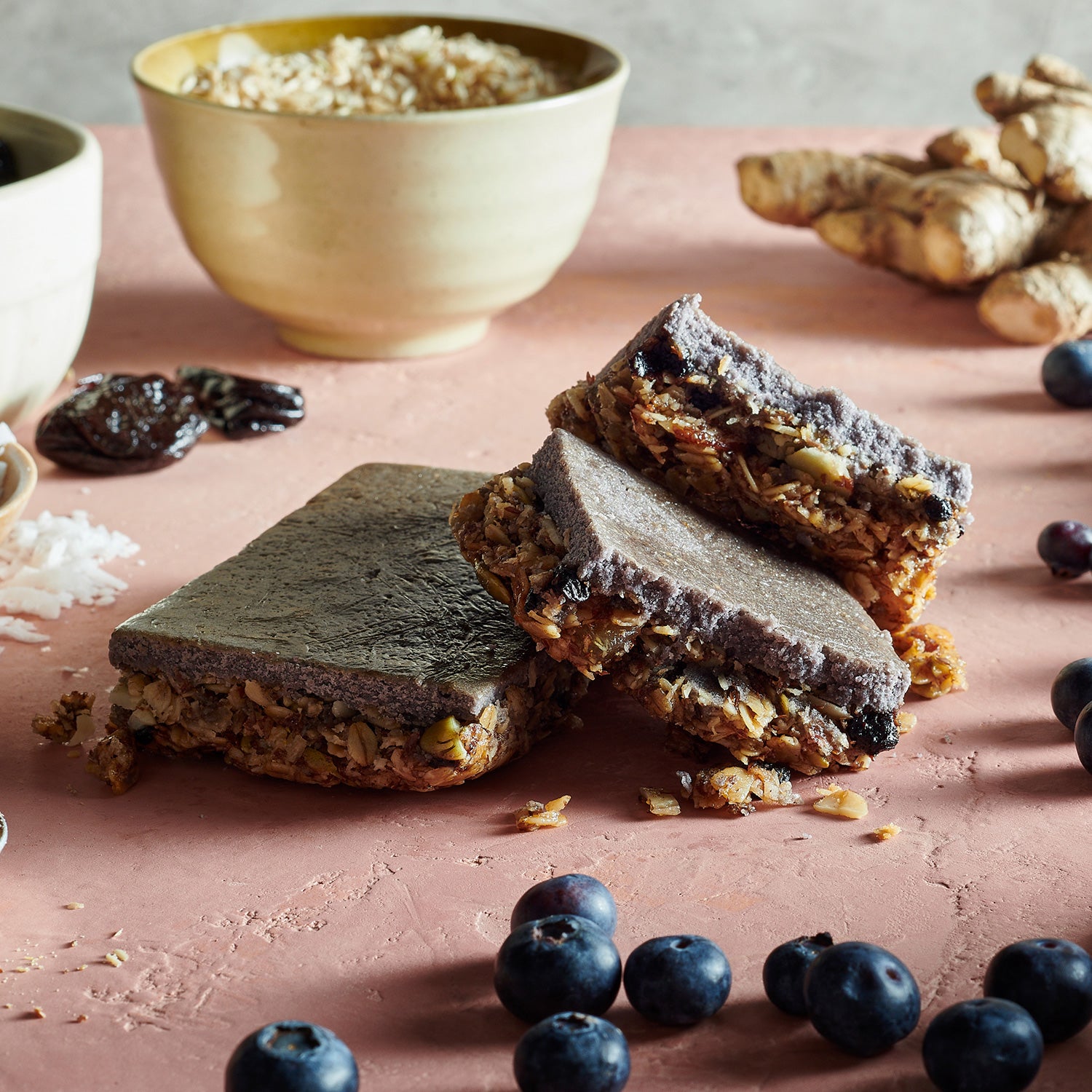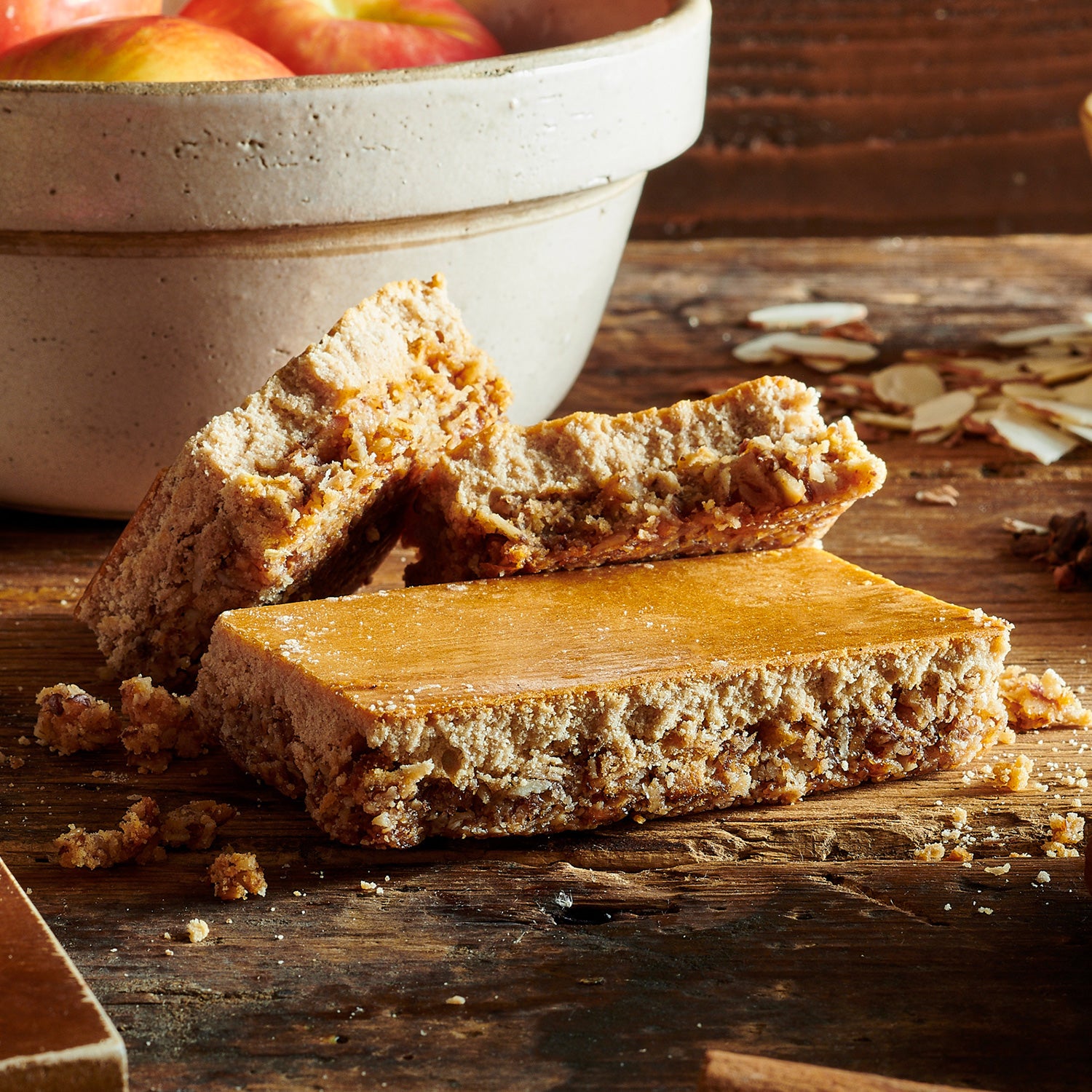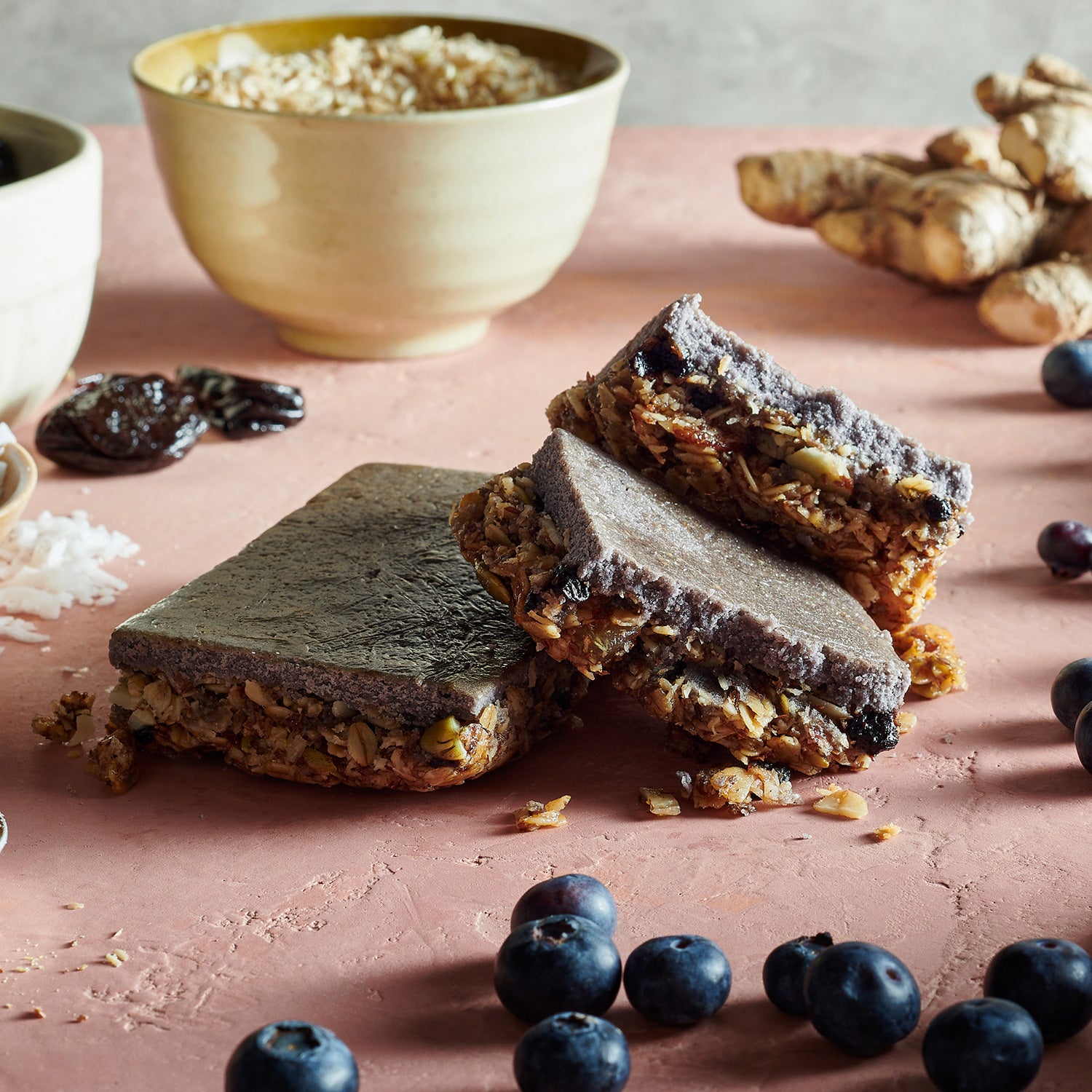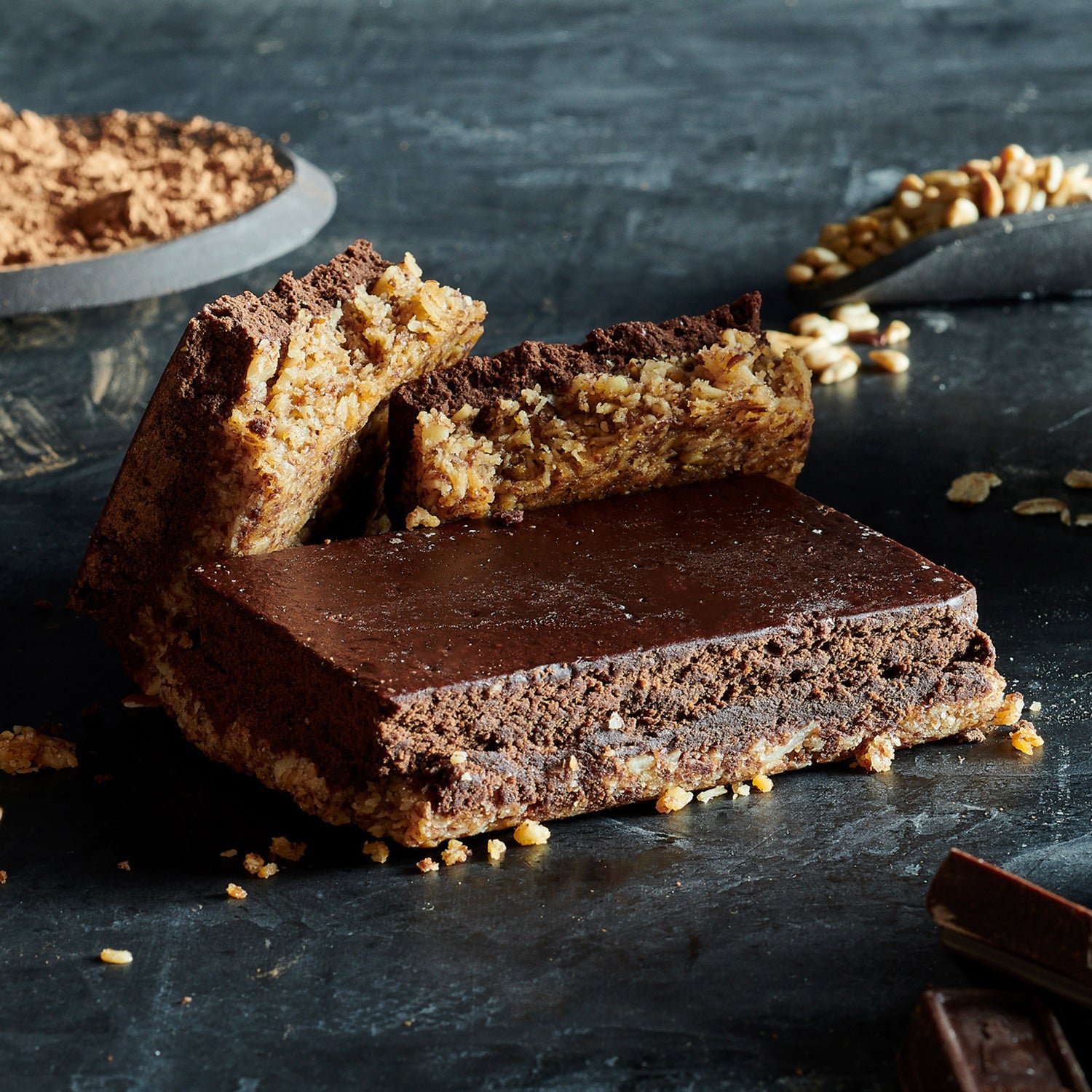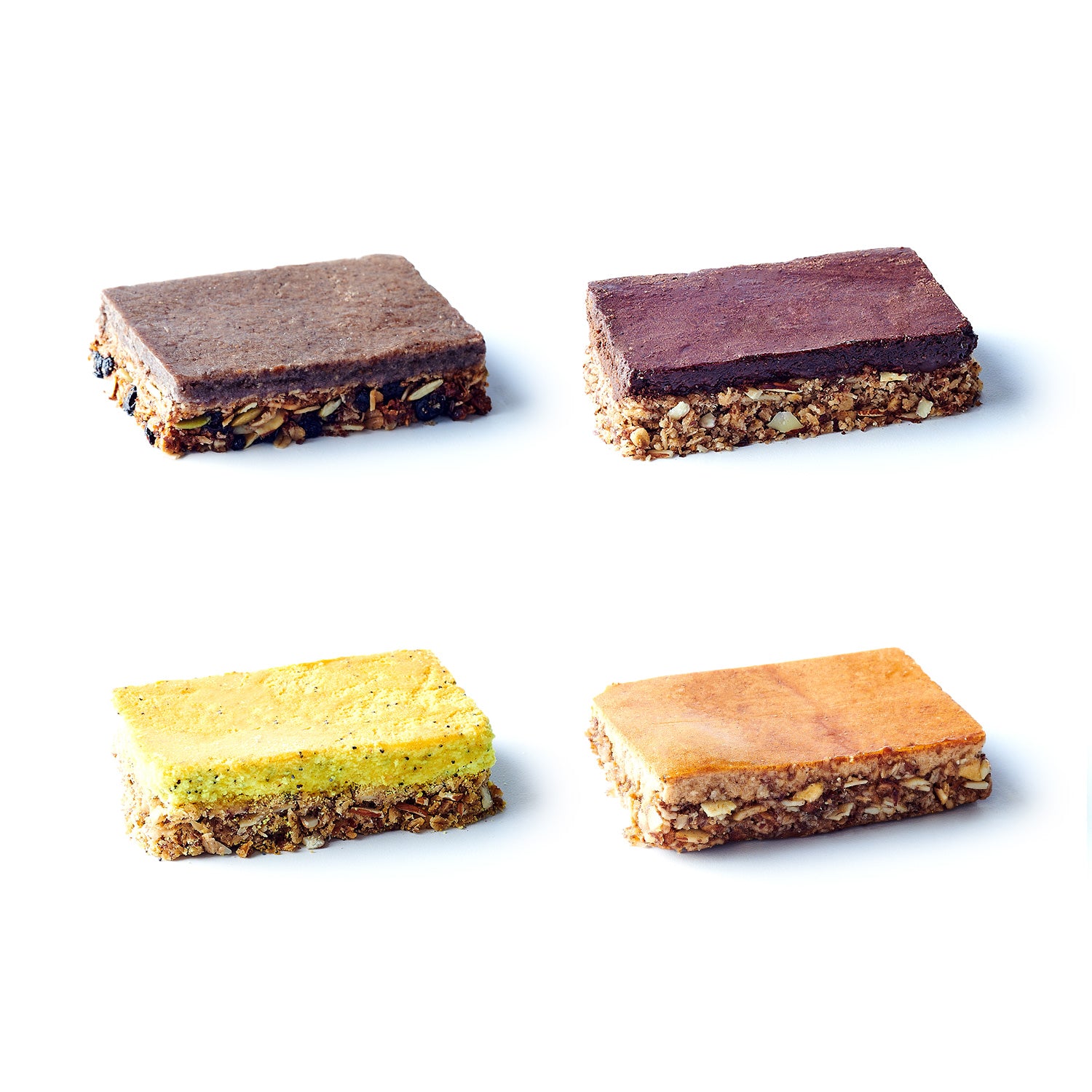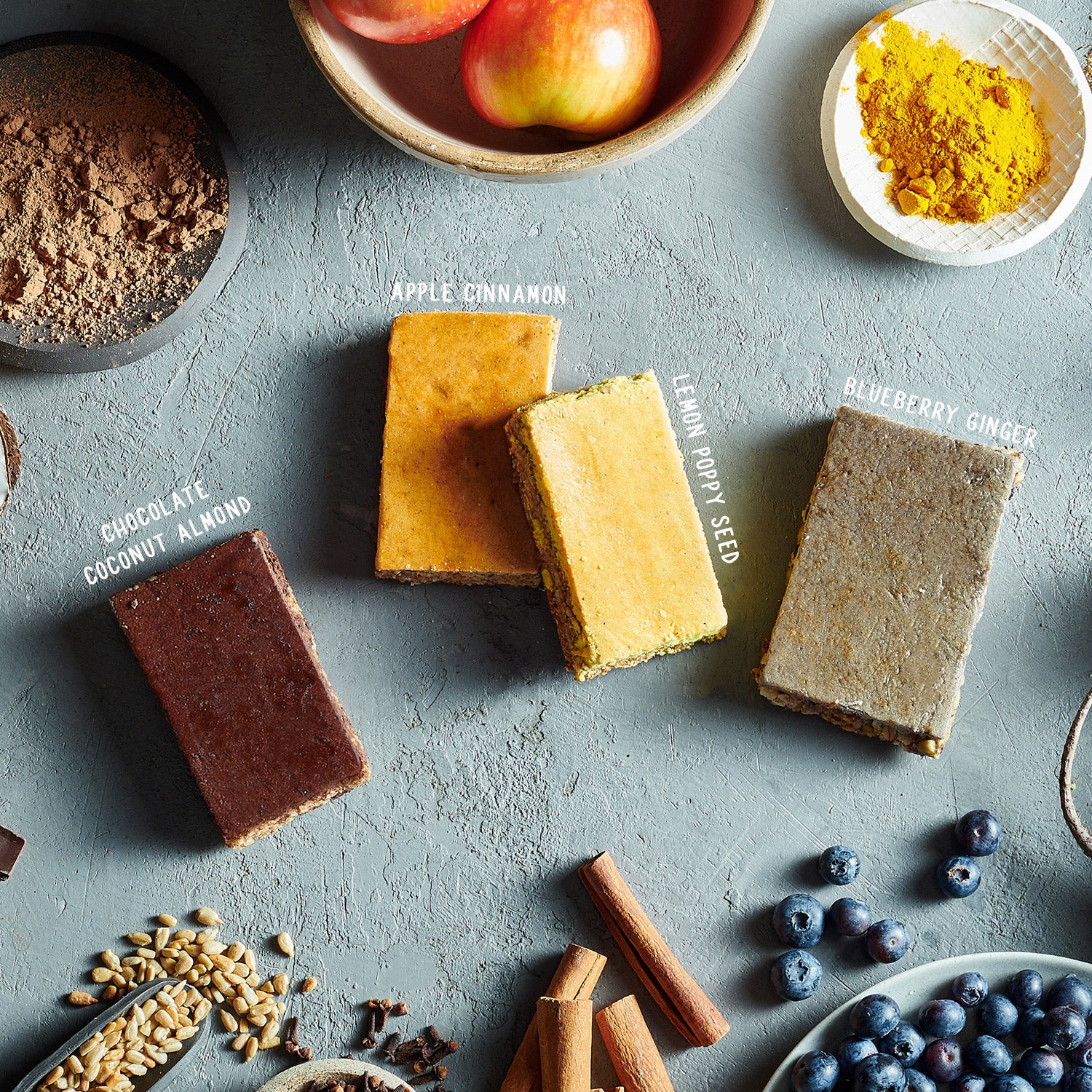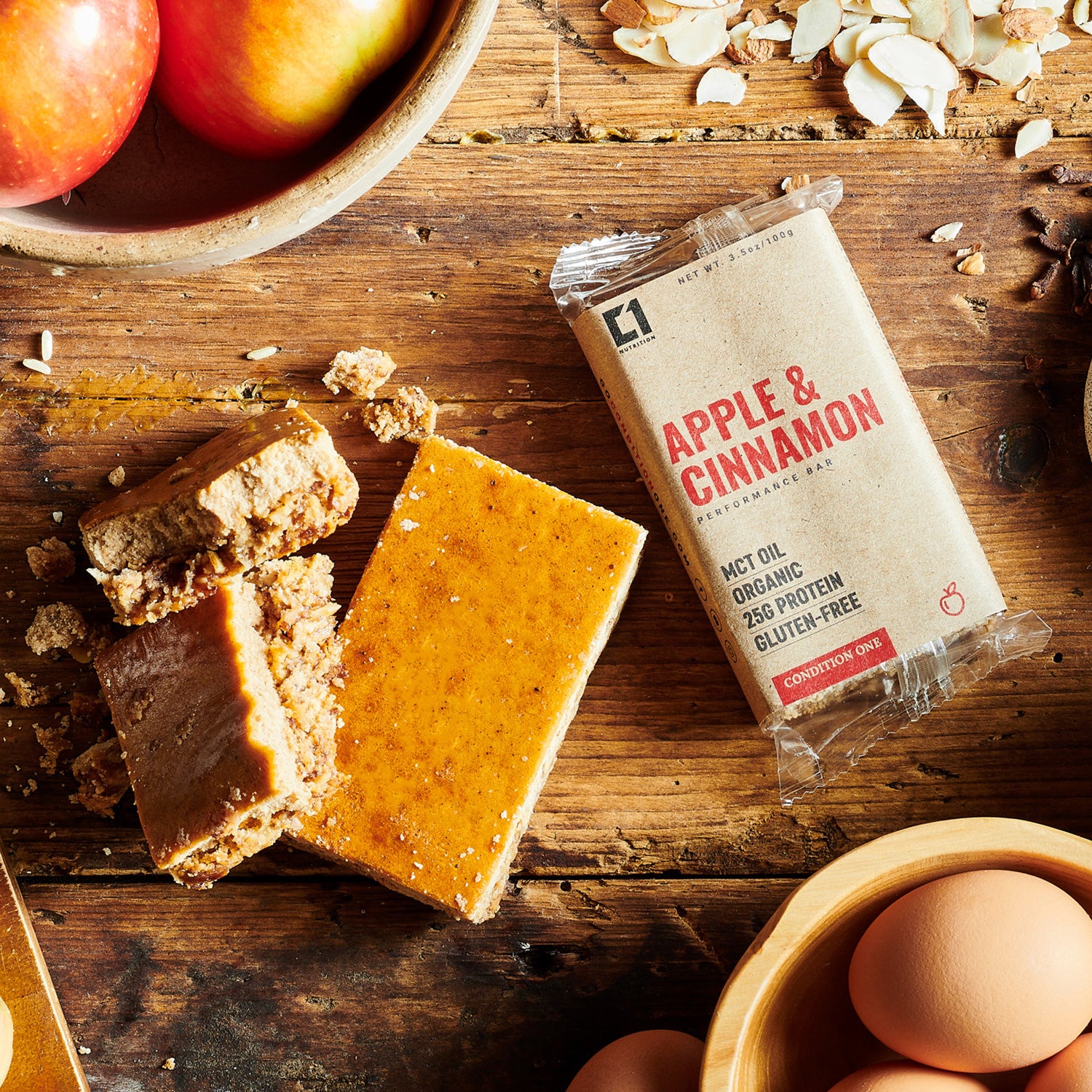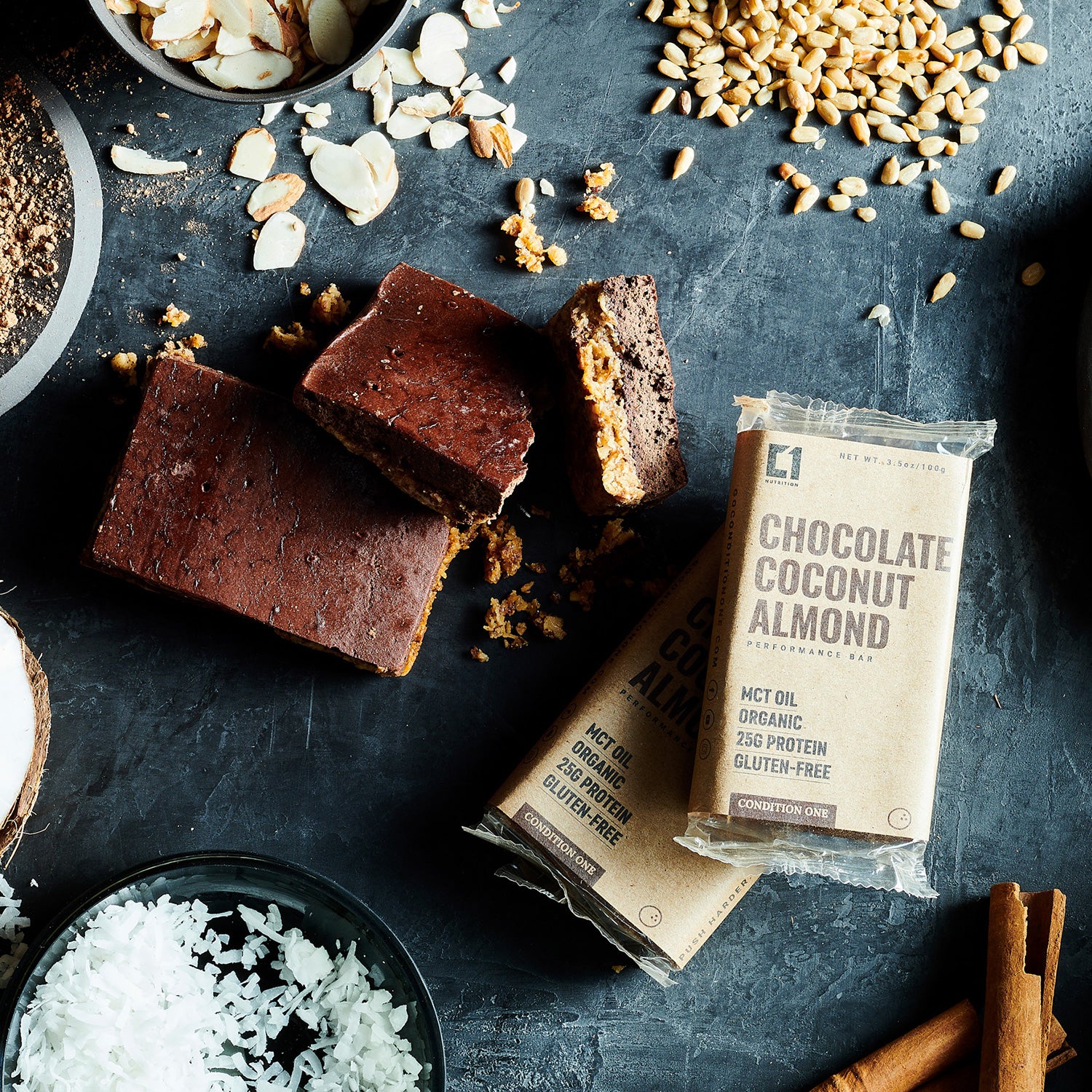Dr. Tim Simansky received his Doctorate at the New York Chiropractic College. Along with owning his own sports chiropractic practice in Boston and being a strength coach, Tim founded the informational channel thewoddoc.com, which has given him the chance to lecture nationally and internationally. Tim has been heavily involved in the CrossFit world since 2012, and he’s training for multiple competitions in The Tactical Games.
Getting his start in New Jersey, Dr. Tim Simansky originally got his niche in the CrossFit world.
“I still see a lot of cross-fitters, but a majority of the people that I see now, living in Boston, are marathoners and cyclists. Those are the athletic events that seem to be the most popular here. A lot of people here love spin classes, so pre-pandemic there were Spin classes everywhere, so I did a lot with the Spin studios and a lot for people who were training for endurance sports.”
Dr. Tim worked in New York/New Jersey during what he calls the "CrossFit boom” and thinks the sport gets a bad rap.
“I would say from 2010 to 2015 there was a new CrossFit gym opening up like every day. There were a lot of people that were getting exposed to the sport, and there was a lot of watered-down coaching, just because it happened so quickly. There were a lot of Crossfit injuries, but I would say that the coaching has gotten better and also not every person is opening a CrossFit studio anymore, so I would say the process is getting more uniform, and we’re seeing less injuries in CrossFit.
“Number one injury in exercise, the common everyday person, is running. Once every 100 hours is the average injury rate for an athlete in that sport. I don’t exactly know what they consider an injury, like needing to see a doctor or having pain, but in any case, that’s still a lot.”
What the heck does a sports chiropractor do?
“Generally, when people think of going to the chiropractor, they think of lower back or neck pain. I specialize in injuries that are commonly caused during sports activity, so that expands a lot from the back and neck. The vast majority of injuries that I treat are shoulder, knee, hip, and ankle. Of course, I do see back and neck patients, but those are just not typically the things that get hurt during athletic events. I treat anyone from marathoners who are starting to get knee pain to a functional fitness athlete who blows out their shoulder. I also do post-operative rehab. A general chiropractor would focus kind of on the adjustments, the cavitation, and the joint mobilization, where I focus a lot on muscle work and soft tissue work, in conjunction with strength and conditioning with their ailment.
“Somebody that is a sports specialist or their focus is in sports the biggest thing is that they typically understand what the athlete wants with getting back to athletic performance and there’s a different way and a different approach in which to do that right. We’re keeping somebody active or getting them back to an activity level rather than an ability to function.”
He encourages his athletes to add variety to their training!
“The most common advice that I’m currently giving has to do with cross training because I just so happen to have a lot of female cyclists. In that particular body type and sport that they do, you have a lot of girls who are not very functionally sound, and they picked up this spin. It’s fast, and it’s fun, and they’re doing all this stuff that keeps them active, which is great, BUT they don’t have the strength background to support all the stuff that they’re currently doing.
“It’s New Year’s rights now. Everyone’s made their New Year’s resolution of going back to the gym, getting fit, getting stronger, toning up. They’ll go from not exercising for the last year to exercising seven days a week, and it’ll just be too much trauma to their body. They’ll get hurt; they’ll get sore; they’ll get demotivated. I see people do one type of exercise, so I divide them very broadly into high resistance/ low volume and low resistance/high volume.
“You get the weightlifter person that comes in, and that’s all they do, or you have the endurance type of person, and all they do is that very light, very quick, high volume. They get two different injuries, but they are both repetitive strains because there’s no muscle confusion or variety in their workout patterns.
“You contract different types of muscle fibers for long, low, light events (running, spinning, HIIT classes) than you do when they’re very short and heavy (deadlifts, squats, general/traditional strength training). If you’re only doing one type of exercise, you’re doing yourself a disservice. In fact, I use the term you need a well-balanced diet of exercise. Broccoli is awesome, but if you only ate broccoli, you’d be missing out on a lot of vital nutrients, and sooner or later, maybe you’ll get deficiencies and get ill even though you’re using a superfood like broccoli, so you need other some other variety, same thing with exercise.”
Has 2020 been Crazy or What?
“Man! Up and down roller coaster, right? I also compete and train a lot for the competitions that I do, so personally, my life has got more isolated, so my workouts have moved from the gym to my driveway.
“As for my practice, some good things is that cleaning has become literally so much of a more of a priority. We do extensive cleanings, and there is cleaning that’s done in between every patient, but rather than just wiping off the table, you’re wiping off the door handle and any equipment that has been touched.
“I’ve always been a one-on-one practitioner, so the only person you see in my office is me, so my practice hasn’t really changed because it’s been so one-on-one based. From a business standpoint, the amount of new patients has drastically decreased. What has also changed is people used to come in for everything like muscle pains or tweaks; they’d be scheduling a new appointment. Now, I see people that come in and say, ‘my back has been killing me for eight months’ or ‘my knees have been hurting for three.’ There are not as many new patients, but they’re much worse injuries that take longer to resolve.”
"I was looking for nutrition that I could have in-between battles... I picked Condition One because of the combination of it being veteran-owned, a really good tasting bar, and it’s filling to me."
- Dr. Tim
Along with helping others get back into shape, Dr. Tim has warrior-sized goals of his own.
“My big athletic goal is to win the Tactical Games National Championship this year. If I were to tell you my number one goal, I would definitely strive towards my athletic accomplishments because that’s one of the things that gives me self gratification, personally. I 100% have full plans of winning the Tactical Games National Championship, and I’m going to do everything I can do to get there, which isn’t until the end of the year. I’ll do six events this year, so we’ll see how each one of them goes. I actually just registered for one this weekend because my ski-trip got canceled. I’m super unprepared for it, but I’m just using it as a gauge to see where I’m at.”
He may have been unprepared, but after this interview, Tim placed 3rd at the Tactical Games competition on January 9th and 10th in Immokalee, Florida!
“The Tactical Games fairly closely resemble a CrossFit competition, so it’s functional fitness and marksmanship combined in a competition. Think of it as a biathlon with CrossFit movements. It’s very Strongman based, so there are a lot of sandbag carries, rope climbs, and farmer carries, and odd object which you have to move. Then, you combine that work with shooting sequences.”
In 2015 when Tim made a trip across the country to the CrossFit Games, and Condition One was one of the sponsors of a study he was doing on kipping pull-ups. In 2020 with his increasing involvement in The Tactical Games, Tim reached out to our CEO and Founder, Matt.
“I was looking for nutrition that I could have in-between battles. There’s a reason why I picked Condition One. There are plenty of other avenues out there, and definitely ones that are interested in the things that I participate in, but I picked Condition One because of the combination of it being veteran-owned, a really good tasting bar, and it’s filling to me, which is something that is important for me during competitions. If you eat some of those other bars, I can eat like 20 of them.
“One thing that I also really like is the ingredients are natural, so I’m not a huge health nut, but I like to eat clean, so I appreciate that they are clean nutrients. I appreciate that I can eat one and not feel like I still want to eat my shoe, and I appreciate that they’re veteran-owned.”
Favorite Bar?
“It used to be Lemon Poppy Seed, but the Blueberry Ginger one is bangin!”
